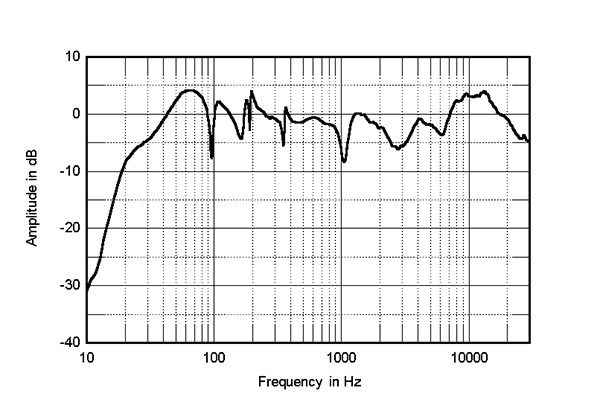@deep_333 illustrates the deep, deep chasm between DIY builders and kit makers, modders vs. the high end industry writ large.
"How can a speaker maker offer such poor performance for so much money" they ask, and sometimes I have trouble defending some models.
As you may know, many guys on the diy forums (i have seen your name there as well) can do something better with the same parts than the guy asking 20k for this (facepalm)... This guy trying to make the easy cash did not deserve 20k in my books (no thanks).
Every speaker i own above a certain price point is something i can't cook up on my own. It immediately disqualifies manufacturers purchasing 3rd party drivers and throwing them in a box for me. I tend to pay for things i can't do on my own.. Unless if it becomes too much of a time investment/hassle/screwups/etc at a low enough price, it begins to reek "Just buy the damn thing and get it over with!".


